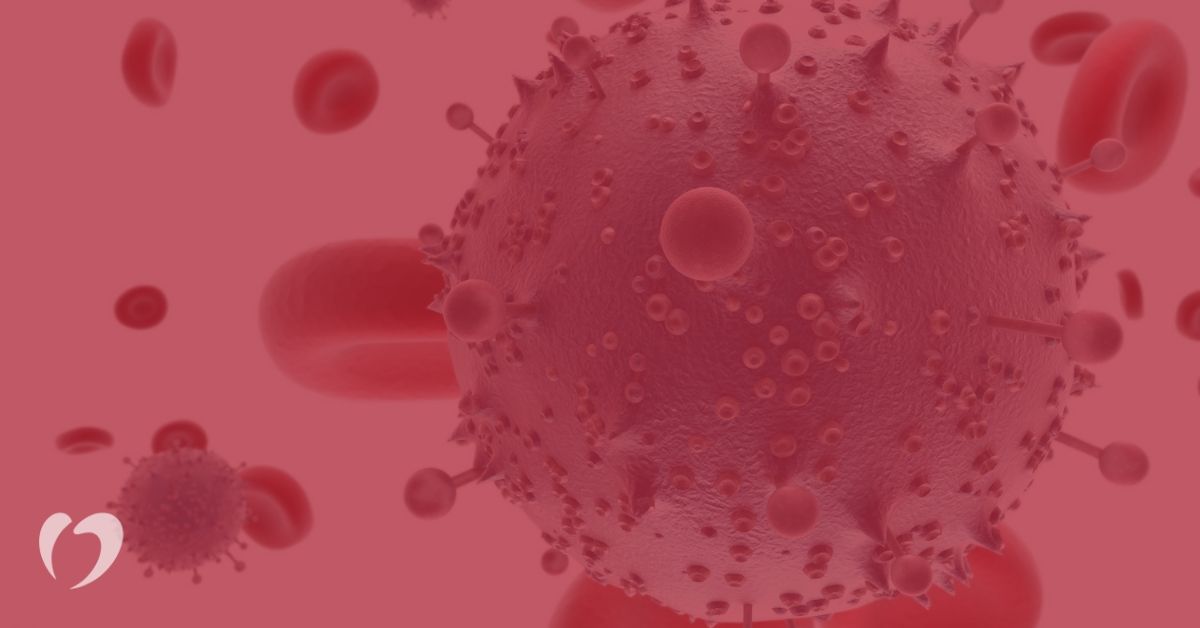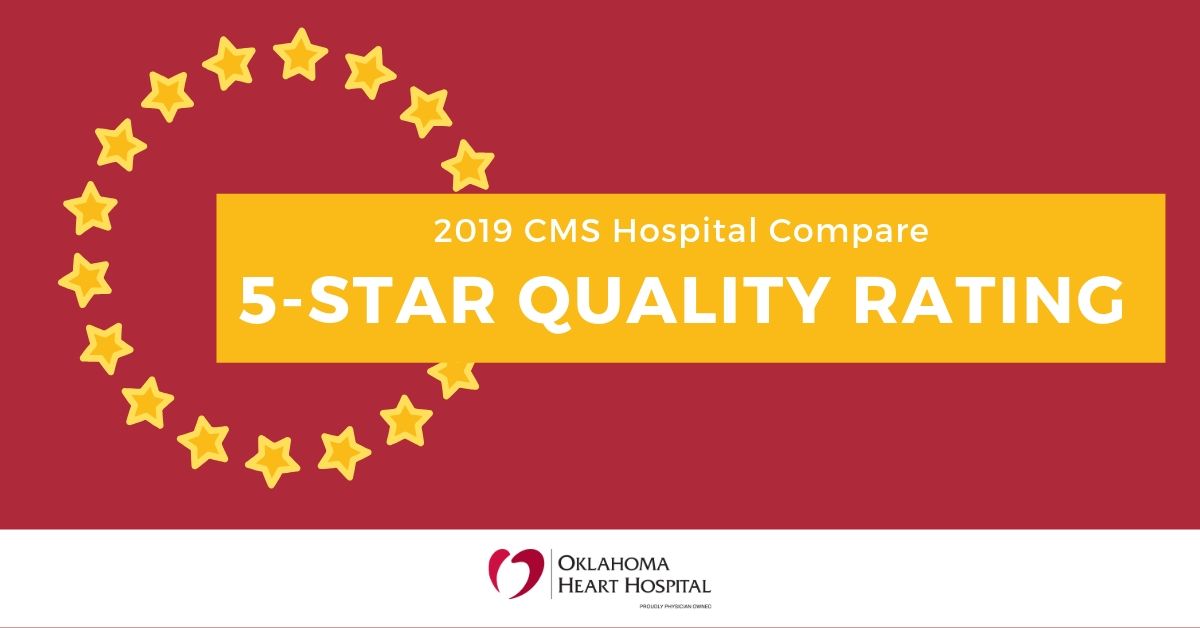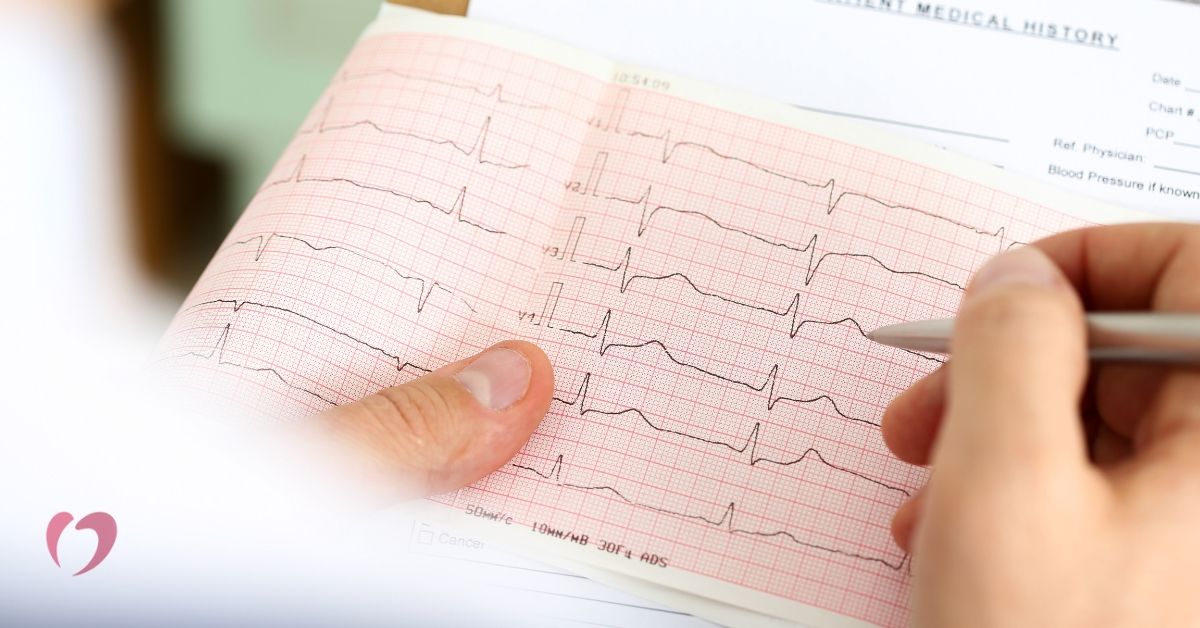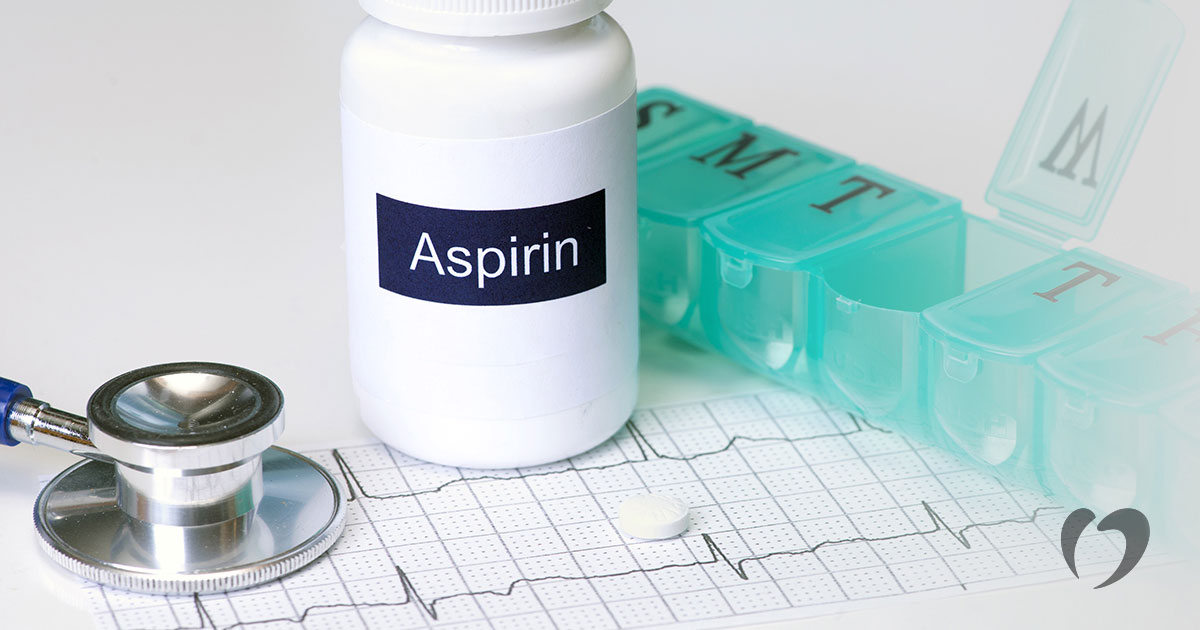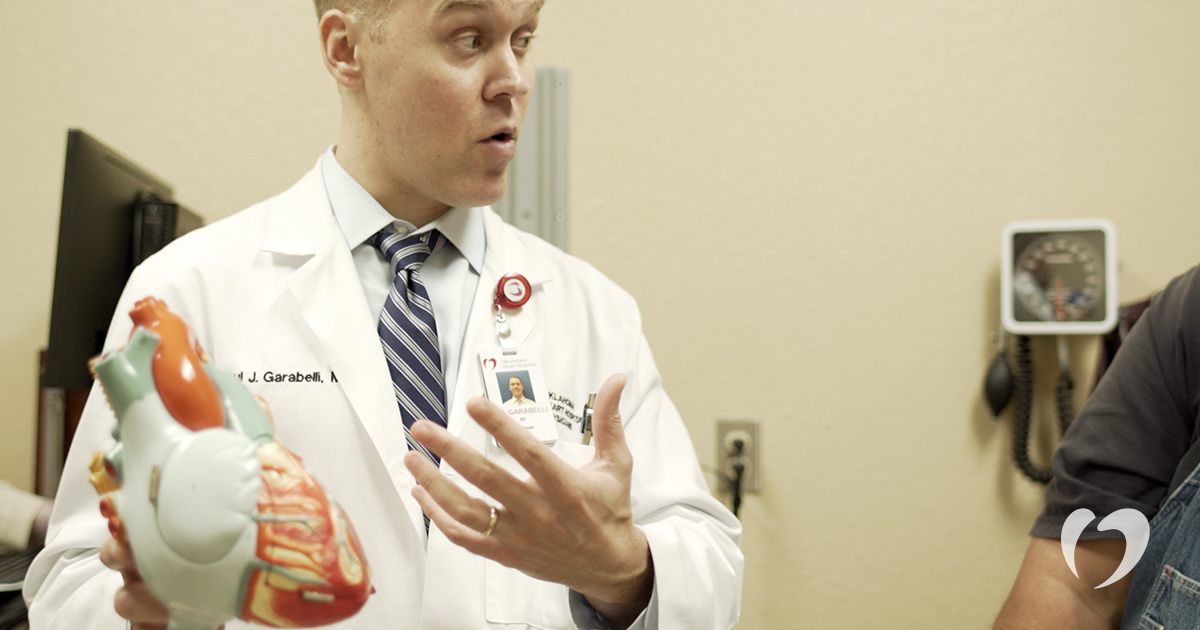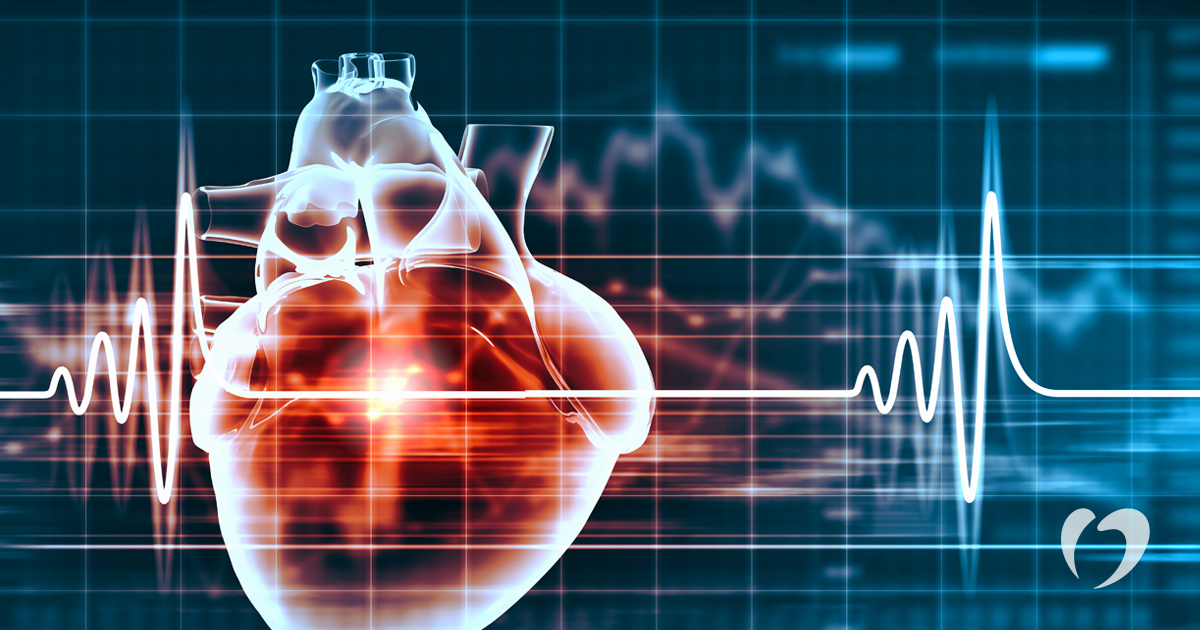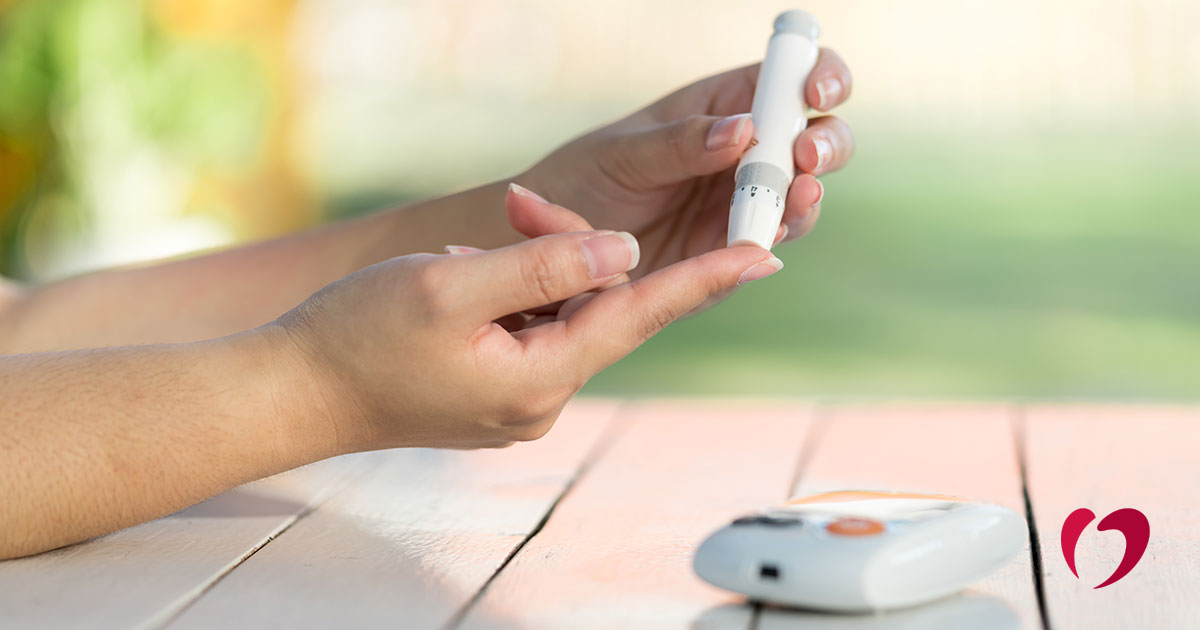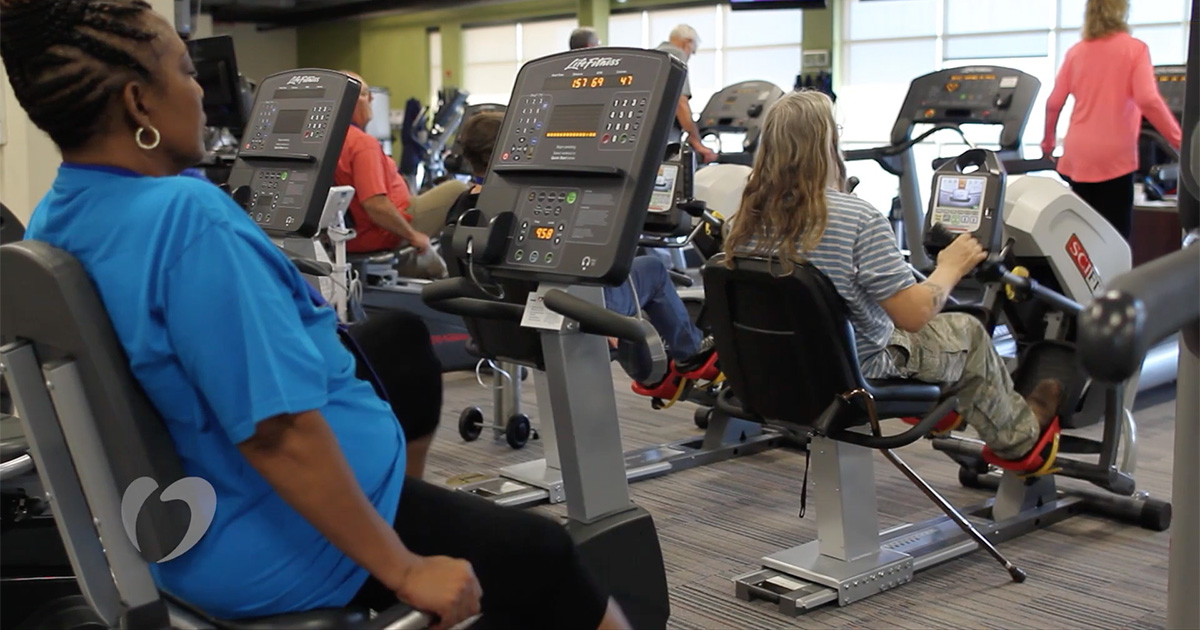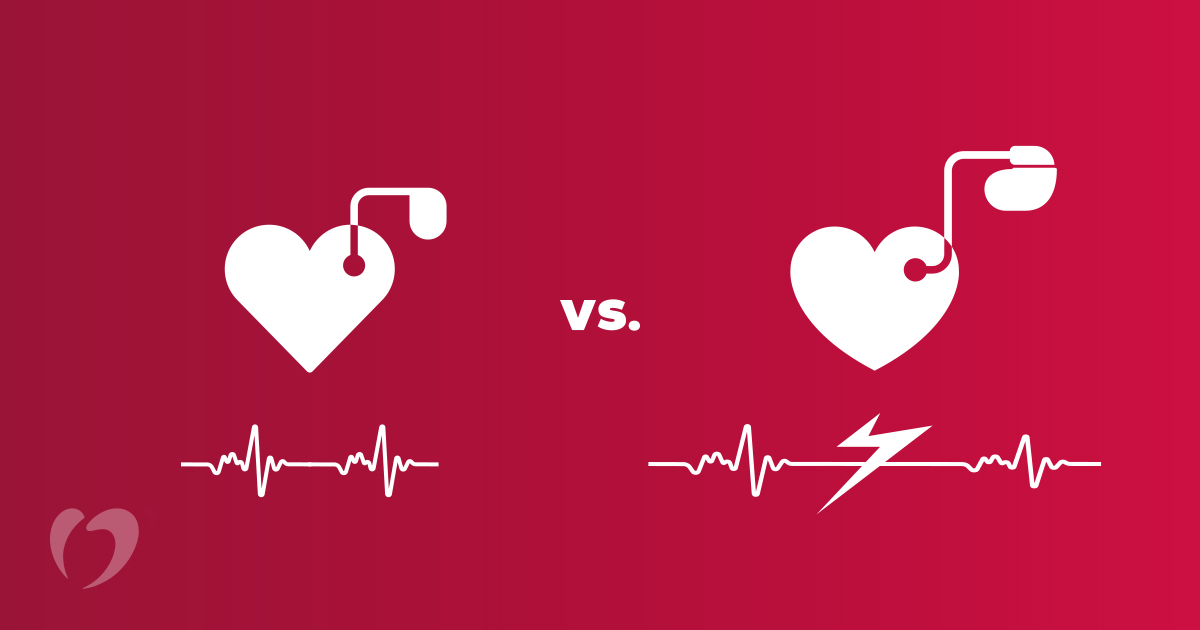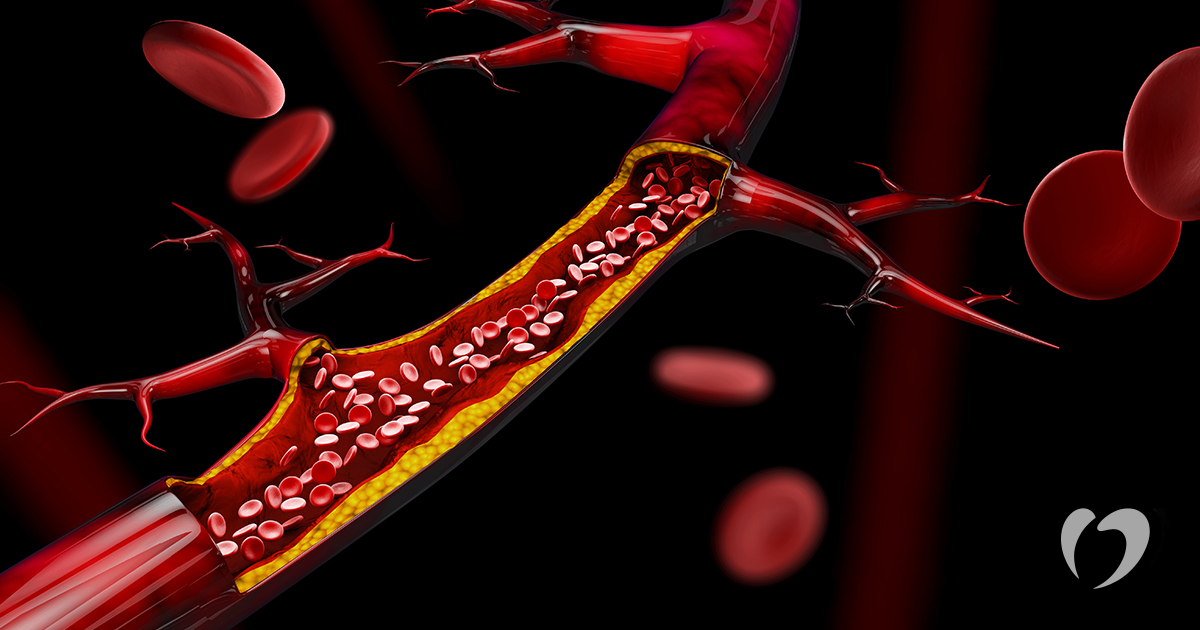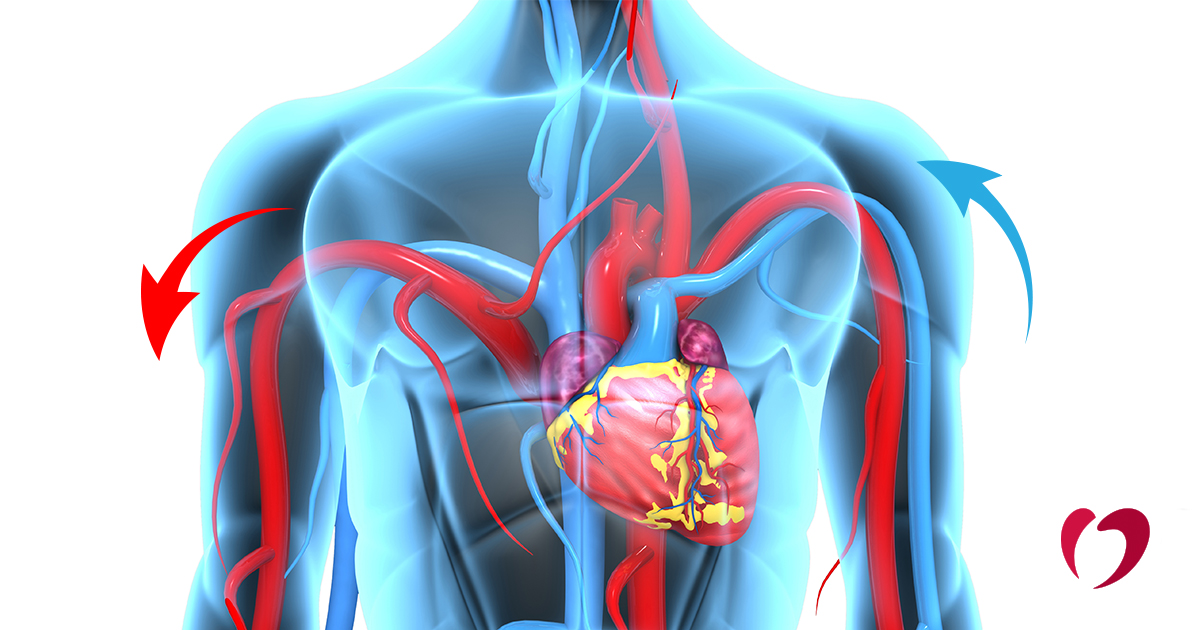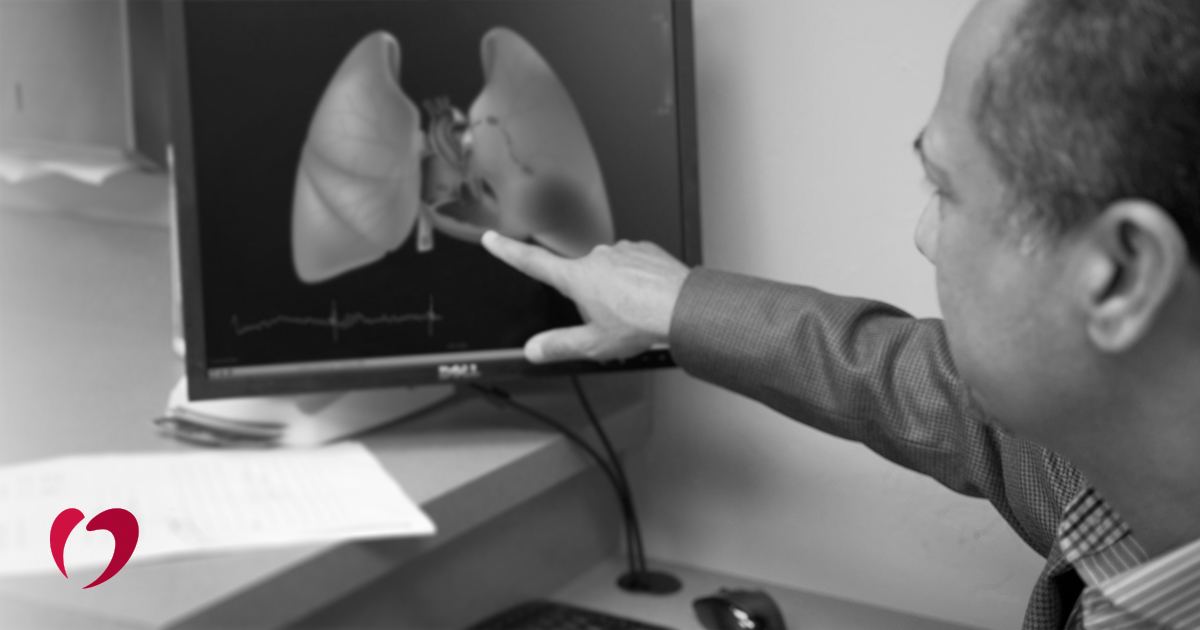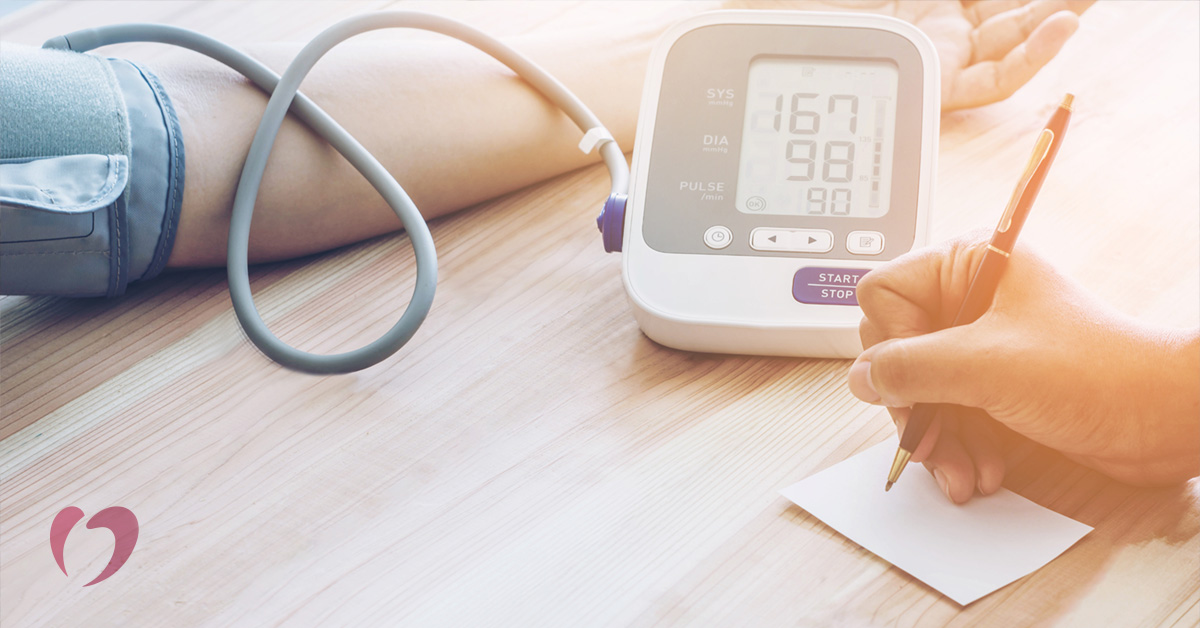What is a Holter Monitor?
A Holter monitor is a wearable ECG device that can monitor the electrical activity of the heart over several days, and it’s an important diagnostic tool for identifying heart rhythm issues.
Read MoreCarotid Endarterectomy to Remove Plaque
A carotid endarterectomy is a surgical procedure to remove plaque buildup that is blocking the carotid artery.
Read MoreOHH Receives Highest CMS Rating Again
Oklahoma Heart Hospital has once again received a five-star rating for both the North and South hospitals from the Centers for Medicare and Medicaid Services (CMS) Hospital Compare. Fewer than eight percent of hospitals receive the top rating of five stars from CMS, and OHH is proud of the hard work and dedication demonstrated to […]
Read MoreUnderstanding Ventricular Arrhythmias
Ventricular arrhythmias are abnormal heart rhythms that occur in the lower chambers of the heart. They include premature ventricular contractions, ventricular tachycardia, and ventricular fibrillation.
Read MoreHyperthyroidism and Your Heart: What You Need to Know
Hyperthyroidism is an overactive thyroid gland that can cause a variety of complications in the body, including sensitivity to heat, weight loss, tremors, changes in bowel patterns, fatigue. It also impacts your heart.
Read MoreAspirin and Heart Health
Aspirin may sometimes be recommended for patients who’ve had a heart attack or stroke, but you shouldn’t start taking daily aspirin without talking to your doctor first. Learn more.
Read MoreThree Main Categories of Heart Disease
Heart disease falls into three main categories: electrical, structural and circulatory. Learn more about each of these categories.
Read MoreHeart Aneurysms and Their Impact on Heart Health
When most people hear the word aneurysm, they probably don’t think of aneurysms in the heart, but they are possible. A ventricular aneurysm occurs when a weakened part of the heart balloons out, which can cause other heart problems.
Read MoreHeart Healthy Eating with the Pritikin Diet
The Pritikin Diet is a low-calorie, low-protein, low-fat eating plan that focuses on eating lots of vegetables and fruits along with whole grains to improve heart health.
Read MoreElectrophysiology: Getting to the Heart of Your Arrhythmia
Electrophysiology is a subspecialty of cardiology that focuses on diagnosing and treating heart rhythm issues. An electrophysiology study is a special test that uses a catheter to stimulate and monitor the heart to diagnose an arrhythmia.
Read MoreThe Relationship Between Diabetes and Heart Disease
Did you know that diabetes and heart disease are linked? In adults with diabetes, the most common causes of death are heart disease and stroke. But many of the risk factors can be managed to reduce your risk.
Read MoreCardiac Rehabilitation for Congestive Heart Failure Patients
People with congestive heart failure can benefit from improved nutrition and increased exercise. Oklahoma Heart Hospital’s Intensive Cardiac Rehab program is a great option to improve lifestyle factors in a safe, monitored environment.
Read MorePacemaker or Defibrillator: What’s the Difference?
Pacemakers and defibrillators are both used to treat irregular heart rhythms, but there are some key differences between the two devices. Some newer devices can perform both functions.
Read MoreCoronary Heart Disease (Coronary Artery Disease)
Coronary heart disease, also called coronary artery disease, is the most common type of heart disease and accounts for half of all deaths from heart disease. It’s caused by a specific type of arteriosclerosis, or hardening of the arteries, called atherosclerosis.
Read MoreAn Overview of Veins and Vein Disease
Part of the cardiovascular system, veins are vessels that circulate blood throughout your body. Age, family history, lifestyle factors and other medical conditions can all increase your risk of vein disease.
Read MoreTests Used to Diagnose Abnormal Heart Rhythms
An abnormal heart rhythm, also called an arrhythmia, occurs when the heart beats too fast, too slow or irregularly. There are multiple tests that can be used to diagnose an abnormal heart rhythm.
Read MoreWhat is a Pulmonary Embolism?
A pulmonary embolism is a blood clot that blocks the artery between the heart and lungs. It’s a serious condition that can cause damage to the lungs or low levels of oxygen in the blood.
Read MoreAbnormal Heart Rhythms and Exercise
Exercise is an important part of overall heart health, and most abnormal heart rhythms shouldn’t prevent you from exercising. Here’s what you should know about abnormal heart rhythms and exercise.
Read MoreGo Red for Women 2019
Heart disease is the number one killer of women and is responsible for one in three deaths of women. Wear Red Day is an important day to raise awareness of how heart disease impacts women.
Read MoreWhat Classifies as High Blood Pressure?
The guidelines for diagnosing and treating high blood pressure (hypertension) changed in 2018 for the first time in 14 years. Learn more about the new guidelines.
Read More

